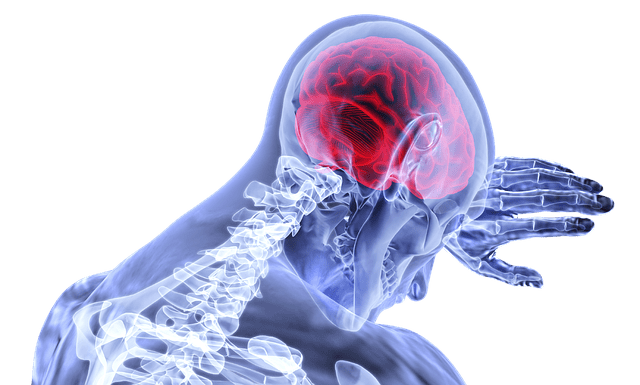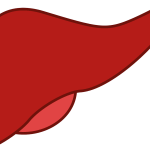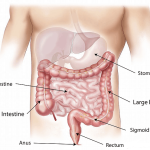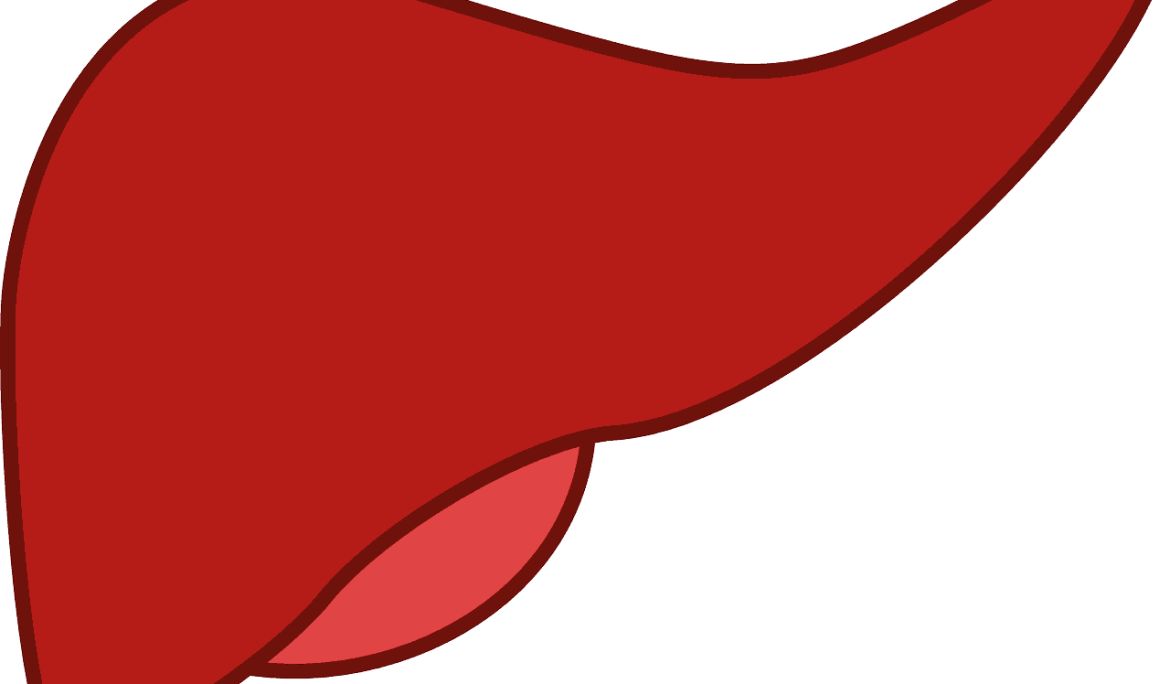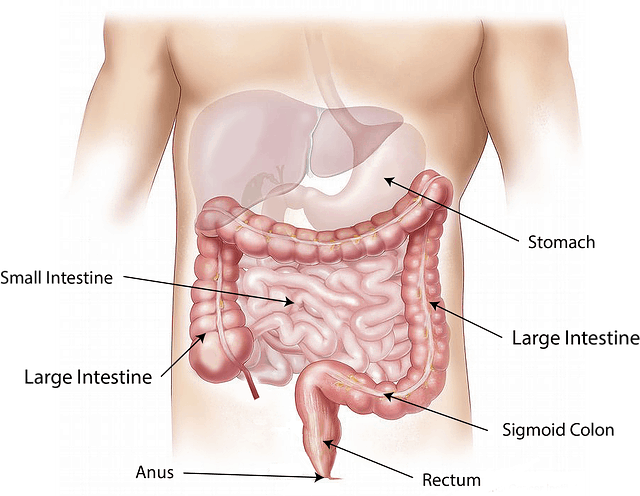MIGRAINE is a recurrent throbbing headache that typically affects one side of the head and is often accompanied by nausea, vomiting and are distorted vision (photophobia).
The causes of migraine is multifunctional in nature. They include hormonal changes in women, e.g. fluctuations in estrogen, food items such as cheese, chocolate and coffee are all implicated in triggering migraine. Other factors such as stress, changes in the sleeping patterns seem to play a major role as well. Migraine often begins in childhood, adolescence or early adulthood. Migraine may progress through four stages: prodrome, aura, headache and post-drome.
Prodrome includes constipation, mood changes (from depression to euphoria), food cravings, neck stiffness, increased thirst and urination and frequent yawning. Aura often presents such visual phenomena, as seeing various shapes, bright spots or flashes of light. Vision loss and pins and needle sensation in arm or leg, weakness or numbness in the face or one side of the body. Difficulty speaking, hearing noises or music and uncontrollable jerking movement may occur. Headache or migraine attacks present with pain on one side or both sides of your head. Pain that feels throbbing or pulsing, sensitivity to light, sounds and sometimes smells and touch. Nausea and vomiting, blurred vision, lightheadedness and at times fainting episodes. Post-drome presents with confusion, moodiness, dizziness, weakness and sensitivity to light and sound.
There are several risk factors that make an individual more prone to getting migraine. Family history is such that if you have a family member who suffer from migraine, you have an increased chance in getting migraine. Women are three times more likely to have migraine than men primarily due to hormonal changes they experience on a monthly basis. Complication that may arise includes chronic migraine which last for 15 days or more in a month or more than three months. Status migrainosus is a severe form of migraine attaches that last for longer than three days. Persistent aura without infarction usually involves an aura that last more than one week. Migrainous infarction last for more than an hour and may resemble a stroke.
The prevention of migraine involves exercising regularly, creating consistent sleeping patterns as well as learning coping mechanisms to reduce stress. Avoiding food items known to trigger migraine often help prevention of migraine.
Most migraine are often undiagnosed and untreated. If you regularly experience signs and symptoms of migraine, keep a record of your attacks and then make an appointment with your doctor to discuss your headaches. Even if you have a history of headaches, see your doctor if the pattern changes or your headache suddenly feel different.
Dr. Makemba Shayela Nelson – MBChB – University of Kwazulu-Natal, Durban, South Africa. Nesha Medical Practice.
Source: Confidente




